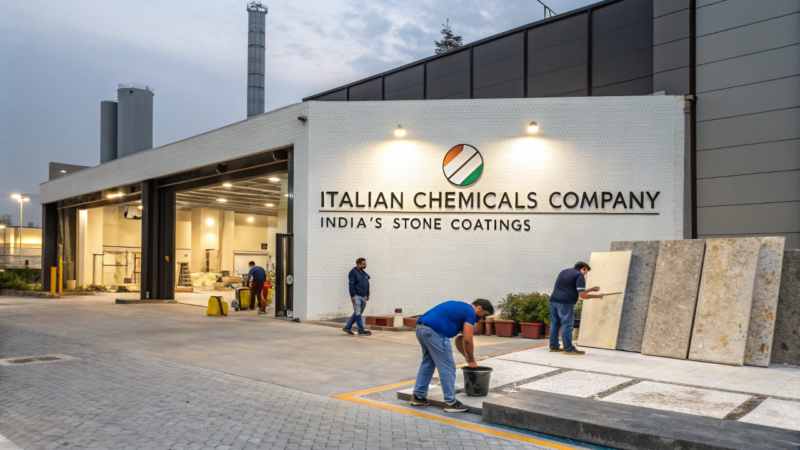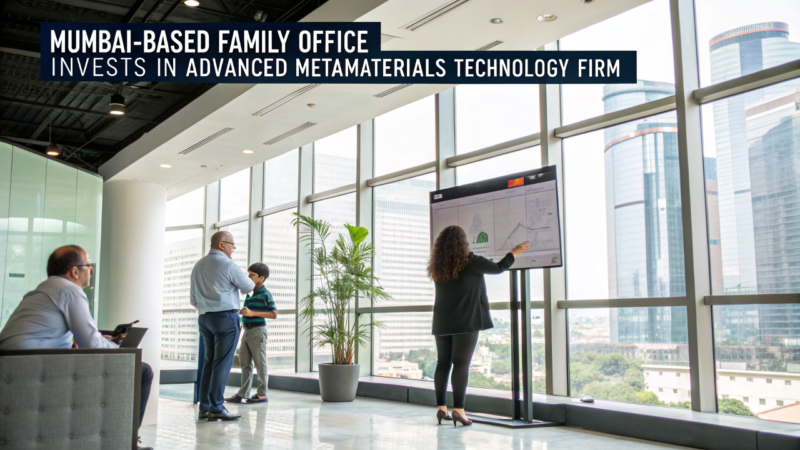
Introduction
Public-Private Partnerships (PPPs) have become a crucial financing model for India’s infrastructure development, enabling private sector participation in sectors such as roads, railways, energy, urban infrastructure, and water management. With India’s ambitious $1.4 trillion National Infrastructure Pipeline (NIP), PPPs play a vital role in bridging the $500 billion financing gap needed to modernize infrastructure by 2030.
This blog delves into the future of PPPs in India, highlighting key trends, policy reforms, investment opportunities, and global participation.
Why PPPs Are Essential for India’s Infrastructure Growth
1. Financing the Infrastructure Gap
- India requires $500 billion in private investment to achieve its infrastructure goals (NITI Aayog, 2024).
- PPP models enable risk-sharing between the public and private sectors, making large-scale projects financially viable.
- These partnerships encourage efficiency, innovation, and international best practices in project execution.
2. Government Push for PPP-Based Investments
- 100% FDI allowed in roads, ports, and metro rail under PPP models.
- Viability Gap Funding (VGF) supports PPP projects in economically challenging regions.
- Hybrid Annuity Model (HAM) provides financial security for private investors in roads and highways.
- Municipal PPPs are on the rise, with 200+ city infrastructure projects being structured through PPPs.
Key PPP Models in India
1. Build-Operate-Transfer (BOT)
- Common in road and airport projects.
- The private entity builds, operates, and transfers infrastructure back to the government after a specified period.
2. Hybrid Annuity Model (HAM)
- The government provides 40% upfront funding, with the private sector covering the remaining amount.
- This model ensures long-term financial sustainability for private investors.
- It is particularly popular for highway and smart city projects.
3. Design-Build-Finance-Operate-Transfer (DBFOT)
- Widely used in railways, ports, and urban transport projects.
- Private players are responsible for the entire project development, including long-term operations.
Key PPP Infrastructure Projects in India
1. Transport & Mobility ($500 billion+)
- Bharatmala Highway Development ($100 billion): 65,000 km expressways, 50% of which are under PPPs.
- Mumbai-Ahmedabad Bullet Train ($15 billion): A collaboration with Japan through PPP.
- Metro Rail Expansions ($50 billion): PPPs are integrated into new lines in cities like Chennai, Bangalore, and Mumbai.
2. Renewable Energy & Smart Grids ($100 billion+)
- Solar Parks & Wind Farms ($30 billion): PPP models with foreign EPC involvement.
- Smart Grid & AI-Based Power Distribution ($10 billion): Private sector investment in digitizing power transmission.
3. Water & Wastewater Management ($50 billion)
- PPP-led Desalination Plants: Projects in Chennai, Gujarat, and Mumbai ($2 billion).
- Smart Metering for Urban Water Supply: Under AMRUT 2.0, a $5 billion PPP initiative.
- Sewage Treatment & River Cleaning ($10 billion): PPP initiatives for Ganga and Yamuna rejuvenation.
Business & Investment Opportunities in India’s PPP Sector
1. Foreign Investment & EPC Contracts
- International firms can participate in PPP tenders for highways, airports, railways, and metro expansions.
- EPC contracts are available for smart infrastructure projects.
- Large-scale PPP agreements in urban transit and AI-driven city management systems.
2. Green PPPs & Sustainable Infrastructure
- Government incentives attract foreign players to invest in sustainable infrastructure.
- Emerging opportunities in electric vehicle (EV) charging networks, green energy storage, and solar microgrids.
3. Digital Infrastructure & AI-Powered Smart Cities
- Private investment opportunities in AI, IoT, and 5G infrastructure under PPP models.
- Blockchain technology integration for transparent governance in PPP contract execution.
Challenges & Risk Mitigation in PPP Infrastructure Projects
1. Regulatory Delays & Bureaucracy
- Solution: Introduction of a new single-window clearance system for faster project approvals.
- Standard bidding documents are being provided by public sector agencies to streamline processes.
2. Funding Risks & Private Sector ROI Concerns
- Solution: Viability Gap Funding (VGF) ensures a minimum revenue guarantee for investors.
- Long-term sovereign-backed annuity payments for HAM and BOT projects provide financial security.
3. Land Acquisition & Environmental Clearances
- Solution: Government-established land banks and dispute resolution forums to address land acquisition challenges.
- Fast-track clearance mechanisms as part of India’s Ease of Doing Business (EoDB) policy.
The Future of PPPs in India’s Infrastructure Development
- Expanding into new sectors: PPP models are likely to extend into healthcare, digital infrastructure, and urban housing.
- Increased global participation: Sovereign funds, private equity, and institutional investors are expected to play a larger role.
- AI-powered smart cities: PPPs will drive the development of smart city frameworks integrating AI and other cutting-edge technologies.
Conclusion
Public-Private Partnerships (PPPs) will continue to be the driving force behind India’s infrastructure growth, unlocking vast investment opportunities for global players. With supportive government policies, private sector participation, and innovative financing models, India’s PPP ecosystem is on track to evolve into one of the world’s most dynamic infrastructure investment landscapes.
External References & Citations
- NITI Aayog – PPP Policy & Infrastructure Financing
- Ministry of Finance – India’s PPP Investment Reports
- World Bank India – Public-Private Partnerships in Infrastructure
- Asian Development Bank (ADB) – PPP Infrastructure Funding in India
- PPP India – PPP Projects & Bidding Opportunities






